Exhibition dates: 28th May – 4th September 2016
Roberto Donetta (Swiss, 1865-1932)
Female Workers in Front of the Chocolate Factory Cima Norma, Dangio-Torre
Nd
© Fondazione Archivio Fotografico Roberto Donetta, Corzoneso
I have found a hidden gem in Roberto Donetta. He has become one of my favourite photographers, this seed salesman from Bleniotal, who died in obscurity and poverty in 1932.
His photographs are like no other that I have seen. There is a directness to his photographs that is deceptively disarming, and humour as well. His theatre is the the theatre of life: the archaic life of his compatriots in the Blenio Valley. If you look at his work on the Roberto Donetta Archive website the landscapes and ambiguous object photographs are interesting, but it is in the genre of portrait photography that he really excels. This was his passion, photographing people.
Somehow, it seems as if the person being photographed has forgotten that the camera was there, as though it has disappeared from view. As the press release observes, “the people did not dissimulate [to disguise or conceal under a false appearance], indeed it’s almost as if they forgot that someone with a camera was watching, so self-engrossed do they look, serious, at one with themselves.” At one with themselves but also at one with being photographed, which is very unusual. There is little affectation here.
The details of the photographs are fascinating. The placement of the figures in Female Workers in Front of the Chocolate Factory Cima Norma for example, where the left two sitting figures have their legs crossed in the opposite direction while both rest their face in their hands, a central figure, and then two figures interlocked as in an infinity symbol looking at each other. The ‘line’ of the photograph changes from one height to another. We observe that Donetta stages his photographs with infinite care, even when there is a blank wall behind the sitter. In Family Portrait, Bleniotal there is a gorgeous touch, as the mother holds the arm of the boy on the left hand side and gently rests two fingers on his other hand. Donetta’s photographs are full of these familial and human observations.
In Group of musicians in front of a building all the men have cigarettes hanging from their mouths, even as they stare directly, unflinchingly into the camera lens. In Humoristic scene, Bleniotal the man holding the tongs can hardly suppress laughing as the theatrical photograph is being taken. Kittens or toys are held in hands while protective arms wrap around shoulders. Here are the precursors to the work of Diane Arbus, in their honesty and straight forwardness: in its modernity Children with Toys, Bleniotal even reminds me a little of Arbus’ Identical Twins, Roselle, New Jersey, 1967. And then there is the use of temporary backdrops, to imitate the upmarket studios of larger towns: “Donetta did imitate the decorative aesthetic of the late 19th century professional studios: he transformed interior or outdoor spaces into improvised studios by, for example, hanging up fabrics or carpets as backdrops and placing objects like chairs or tables with vases of flowers in the foreground. His portraits are carefully composed and arranged, look uncontrived, calm and archaic.”
Despite their deceptively simple nature, there is a mysterious quality to Donetta’s photographs which is enhanced through the use of these portable backdrops. The fabric backdrop and sheet to the left in A wedding couple staged in front of a cloth obscures a rock wall; the idyllic scene behind the boy in Portrait of a Boy, Bleniotal hides an earthy, rudimentary stone wall (and note the figure at the top of the image, holding the backdrop up); in Family Portrait, Bleniotal the hastily hung sheet has been decorated with leaves and branches; and in Untitled [Portrait of a women] a plain concrete wall acts as the backdrop even as a) the women looks out of the image not towards the camera; b) the eye can escape down the left hand side of the image and c) there is a ghost-like figure at the very right hand side of the image standing in what I presume is a doorway. The frontality of his photographs is also very powerful: in Untitled [Portrait of a man] the man looks like he is wearing his Sunday best jacket replete with bow tie. His legs are spread on the chair, the jacket looks to big for him, is stiff and unforgiving, his workers hands rest in his lap and he stares quizzically out of the image: calm, accepting, himself. In Portrait of Cesarina Andreazzi Lazzari, Bleniotal we (again) notice the textures in the image – the stipple, the concrete, the rocks – and then Cesarina’s stubby, dark hands clutching a bunch of flowers and a book, reminiscent of the dirt under the finger nails and dark features of the peasant boys that appear in the work of Baron Wilhelm von Gloeden.
Above all these are honest, direct and engaging photographs. You can think of Lewis Hine, Jacob Riis, Eugène Atget, Walker Evans, Dorothea Lange and all the FSA photographers, Diane Arbus and others, and yet they don’t come close to the modern/archaic aesthetic of this man. These photographs are a pilgrimage into a past that has long disappeared. But these faces, these people and their lives, still resonate long after they have passed. I was so moved by these photographs I was in tears the other night when I was constructing this posting, studying the intimate details of these images. That means a lot to me.
Dr Marcus Bunyan
PS. I usually don’t publish photographs without title and date but in this instance, to gather together as many Donetta images as possible, I have published them when I have found good quality images on the internet. I believe that in this instance it is very worth while.
Many thankx to Fotostiftung Schweiz for allowing me to publish some of the photographs in the posting. Please click on the photographs for a larger version of the image.
Roberto Donetta (Swiss, 1865-1932)
Untitled
Nd
© Fondazione Archivio Fotografico Roberto Donetta, Corzoneso
Roberto Donetta (Swiss, 1865-1932)
Untitled
Nd
© Fondazione Archivio Fotografico Roberto Donetta, Corzoneso
Roberto Donetta (Swiss, 1865-1932)
Untitled
Nd
© Fondazione Archivio Fotografico Roberto Donetta, Cortonese
Roberto Donetta (Swiss, 1865-1932)
Family Portrait, Bleniotal
Nd
© Fondazione Archivio Fotografico Roberto Donetta, Corzoneso
Roberto Donetta (Swiss, 1865-1932)
In Sonntagsgewand: men in the Torre village come together for bowling
Nd
© Fondazione Archivio Fotografico Roberto Donetta, Corzoneso
Roberto Donetta (Swiss, 1865-1932)
Untitled [Basket maker], Bleniotal
Nd
© Fondazione Archivio Fotografico Roberto Donetta, Cortonese
Roberto Donetta (Swiss, 1865-1932)
Family Portrait, Bleniotal
Nd
© Fondazione Archivio Fotografico Roberto Donetta, Cortonese
Roberto Donetta (Swiss, 1865-1932)
Untitled [Group Portrait], Bleniotal
Nd
© Fondazione Archivio Fotografico Roberto Donetta, Cortonese
Roberto Donetta (Swiss, 1865-1932)
Group of musicians in front of a building, Bleniotal
1900-1932
© Fondazione Archivio Fotografico Roberto Donetta, Cortonese
Roberto Donetta (Swiss, 1865-1932)
Untitled [Group of men], Bleniotal
Nd
© Fondazione Archivio Fotografico Roberto Donetta, Cortonese
Roberto Donetta (Swiss, 1865-1932)
Three girls in the break from work in the fields under a tree
1900-1932
© Fondazione Archivio Fotografico Roberto Donetta, Cortonese
Roberto Donetta (Swiss, 1865-1932)
Untitled
Nd
© Fondazione Archivio Fotografico Roberto Donetta, Cortonese
Roberto Donetta (Swiss, 1865-1932)
Untitled
Nd
© Fondazione Archivio Fotografico Roberto Donetta, Cortonese
Roberto Donetta (Swiss, 1865-1932)
Humoristic scene, Bleniotal
Nd
© Fondazione Archivio Fotografico Roberto Donetta, Cortonese
Roberto Donetta (Swiss, 1865-1932)
Humoristic scene, Bleniotal (detail)
Nd
© Fondazione Archivio Fotografico Roberto Donetta, Cortonese
Roberto Donetta (Swiss, 1865-1932)
Four Children in Leafs, Bleniotal
Nd
© Fondazione Archivio Fotografico Roberto Donetta, Corzoneso
Roberto Donetta (Swiss, 1865-1932)
Four Children in Leafs, Bleniotal (detail)
Nd
© Fondazione Archivio Fotografico Roberto Donetta, Corzoneso
Roberto Donetta (1865-1932) from Ticino is one of Swiss photography’s great outsiders. He managed to survive as a travelling photographer and seed salesman, and upon his death left almost 5,000 glass plates which were preserved merely by chance. These capture the archaic life of his compatriots in the Blenio Valley, which at the time was totally isolated, and the gradual advent of modern times in a precise and sensitive way. Over a period of 30 years and in an era of great change, Donetta became a unique chronicler. At the same time, he saw himself as an artist who – self-taught – experimented freely and knew how to master his medium. His pictures are penetrating and humorous, cheerful and deadly serious – be they of children, families, wedding couples, professional people, the harsh everyday-life of women and men, or of the photographer himself. The Blenio Valley as a microcosm: with Donetta the mountain valley becomes the stage for a great Theater of the World. The exhibition will display about 120 works from the Donetta Archive, many of them on show to the public for the first time ever.
Roberto Donetta was born in Biasca on 6 June 1865. It is not known where he spent his youth. Towards the late 1870s his family most probably moved to Castro in the Blenio Valley, as his father had got a job there as a military functionary. An official register entry on the occasion of his marriage to Teodolinda Tinetti indicates that Roberto Donetta certainly lived in the valley as of 1886. He is registered there as “contadino”, a farmer, which he most likely never was. In 1892 he opened a small grocery shop in Corzoneso, but he had it for only six months. In 1894 he went to London to work as a waiter, returning just 15 months later, sick and exhausted. He then became a hawker and travelled into the most remote corners of the whole valley selling vegetable and flower seeds. As of 1900 he lived in the “Casa Rotonda” in Casserio, part of the Corzoneso municipality. He and Teodolinda meantime had seven children, one of whom died at the age of one. It was around that time that Donetta began to be involved with photography. Apparently Dionigi Sorgesa, a sculptor from Corzoneso, introduced him to the profession and also rented him a camera. Now Donetta was not only a seed merchant but also the valley’s photographer.
A Constant traveller
After turbulent quarrels about the use of their sparse income, he and his family separated in 1912: his wife and children left him in the direction of Bellinzona in search of more lucrative work. Only the youngest son, Saul, remained with his father. On 6 June 1913, his 48th birthday, some of Donetta’s belongings were seized and, for a couple of months, he had no camera, which was a great worry to him: “Not to be able to work for a period of nine months – that severed my connection with my art and made me totally destitute.” Donetta spent the years after the First World War in great solitude, constantly on the road throughout the valley. From 1927 onwards, some of his photographs were published in one of Switzerland’s first illustrated journals, L’Illustré, issued by Ringier.
On the morning of 6 September 1932, Roberto Donetta was found dead in his home. All his photographic equipment was confiscated and auctioned so as to pay off his debts to the municipality. The glass plates, however, were all left untouched. In the mid-1980s Mariarosa Bozzini rediscovered them in Corzoneso.
Between tradition and modernity
Donetta’s personality was full of contradictions. On the one hand, he expressed considerable interest in all the phenomena associated with the advent of modern achievements, such as photography. On the other hand, he was decidedly conservative when it came to the cohesion of the family or his close links with nature. The latter prevented him from leaving the valley to look for more secure work in town. He lamented the constant changes associated with road building and new railway lines, which he did not see as a blessing for the valley. In his capacity as a photographer he succumbed to the fascination of the modern, yet at the same time he expressed a deep respect for long-standing traditions and rituals.
Roberto Donetta’s passion was undoubtedly for portrait photography. The self-taught photographer not only exhibited an astonishing technical mastery in portraying people, but was also able to give free rein to his creativity – despite the fact that this particular field of photography was strongly influenced by the conventions and expectations of his clients. His numerous portraits of children are remarkable. With children he was well able to live out his delight in composing, his talent in staging small scenes. He took the young people seriously, and they in turn were his accomplices, becoming involved in his idiosyncratic ideas.
The chronicler and his style
Throughout his life Donetta accompanied life in the valley, taking commissioned photographs of the inhabitants and the representatives of the different professions, as well as of various events: a visit by a bishop, the arrival of a carousel, a flood, a fire, the construction of a railway line or a bell tower. He was also present at life’s rituals, the transitions from one age group to another, from one social group to the next, or else the prominent fixed points in the year’s cycle, be they secular or ecclesiastical: festivals, weddings, funerals, processions, outdoor church services, these were inconceivable without “il fotografo”. Donetta made photography an important part of those rituals, and over the course of time the photographer was as much a part of the valley as the parson was of the church. This is surely the source of the quality of his photographs: the people did not dissimulate, indeed it’s almost as if they forgot that someone with a camera was watching, so self-engrossed do they look, serious, at one with themselves.
The improvised studio
As Donetta did not have a studio of his own, he travelled the whole valley to take his portraits and produced only small modest prints in postcard format (ie. 7 x 11 cm), which he occasionally stamped with his initials. Often the only ornamentation was an oval vignetting or rounded edges. He regularly delivered the commissioned photographs late because, in order to save chemicals, he only developed his films infrequently. After his rounds as a seed merchant, he then struggled with his business correspondence late into the evening. His works differ greatly from the elegant, classic, gold-edged cards that people could have done those days in the city studios without long waiting periods.
Yet in his own way Donetta did imitate the decorative aesthetic of the late 19th century professional studios: he transformed interior or outdoor spaces into improvised studios by, for example, hanging up fabrics or carpets as backdrops and placing objects like chairs or tables with vases of flowers in the foreground. His portraits are carefully composed and arranged, look uncontrived, calm and archaic. Because of the long exposure times, he was concerned to eliminate chance and spontaneity as far as possible.
In addition to this, he also experimented, or simply took photographs for himself: still life, stormy scenes, cloud formations, strangely shaped cliff or tree outlines. These photographs impress us by their modernity and originality and testify to an inquisitive man with an interest in aesthetic issues.
Press release from Fotostiftung Schweiz
Roberto Donetta (Swiss, 1865-1932)
For the photographer, he briefly interrupts his work: A chef in Bleniotal
Nd
© Fondazione Archivio Fotografico Roberto Donetta, Corzoneso
Roberto Donetta (Swiss, 1865-1932)
Untitled [Boy and girl]
Nd
© Fondazione Archivio Fotografico Roberto Donetta, Cortonese
Roberto Donetta (Swiss, 1865-1932)
Children with Toys, Bleniotal
Nd
© Fondazione Archivio Fotografico Roberto Donetta, Corzoneso
Roberto Donetta (Swiss, 1865-1932)
Roberto and Linda Donetta with Their Children Brigida and Saulle
1905-1910
© Fondazione Archivio Fotografico Roberto Donetta, Corzoneso
Roberto Donetta (Swiss, 1865-1932)
Roberto and Linda Donetta with Their Children Brigida and Saulle (detail)
1905-1910
© Fondazione Archivio Fotografico Roberto Donetta, Corzoneso
Roberto Donetta (Swiss, 1865-1932)
A wedding couple staged in front of a cloth
Nd
© Fondazione Archivio Fotografico Roberto Donetta, Corzoneso
Roberto Donetta (Swiss, 1865-1932)
Portrait of a Boy, Bleniotal
Nd
© Fondazione Archivio Fotografico Roberto Donetta, Corzoneso
Roberto Donetta (Swiss, 1865-1932)
Killing of a pig, Bleniotal
1900-1932
© Fondazione Archivio Fotografico Roberto Donetta, Corzoneso
Roberto Donetta (Swiss, 1865-1932)
Family Portrait, Bleniotal
© Fondazione Archivio Fotografico Roberto Donetta, Corzoneso
Roberto Donetta (Swiss, 1865-1932)
Untitled [Portrait of a women]
Nd
© Fondazione Archivio Fotografico Roberto Donetta, Cortonese
Roberto Donetta (Swiss, 1865-1932)
Untitled [Portrait of a man]
Nd
© Fondazione Archivio Fotografico Roberto Donetta, Cortonese
Roberto Donetta (Swiss, 1865-1932)
Portrait of Cesarina Andreazzi Lazzari, Bleniotal
Nd
© Fondazione Archivio Fotografico Roberto Donetta, Corzoneso
Roberto Donetta (Swiss, 1865-1932)
Portrait of Cesarina Andreazzi Lazzari, Bleniotal (detail)
Nd
© Fondazione Archivio Fotografico Roberto Donetta, Corzoneso
Roberto Donetta (Swiss, 1865-1932)
Self-portrait of Roberto Donetta with hat and a photo album in hand, in front of a wall, Bleniotal
1900-1932
© Fondazione Archivio Fotografico Roberto Donetta, Corzoneso
Fotostiftung Schweiz
Grüzenstrasse 45
CH-8400 Winterthur (Zürich)
Phone: +41 52 234 10 30
Opening hours:
Tuesday – Saturday 11am – 6pm
Wednesday 11am – 8pm
Closed on Mondays

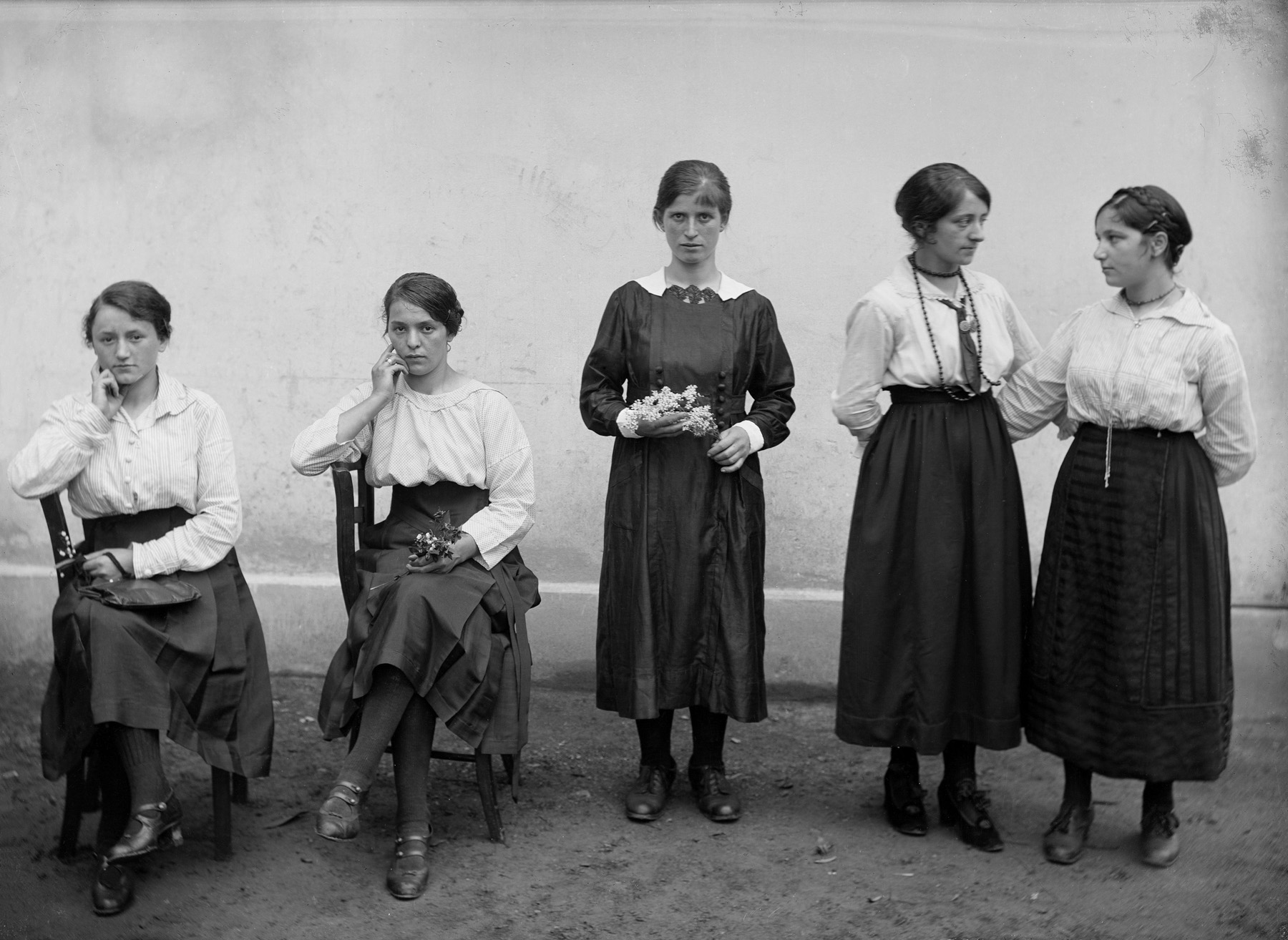





![Roberto Donetta (Swiss, 1865-1932) 'Untitled [Basket maker], Bleniotal' Nd Roberto Donetta (Swiss, 1865-1932) 'Untitled [Basket maker], Bleniotal' Nd](https://artblart.com/wp-content/uploads/2016/08/donetta-l-web.jpg)
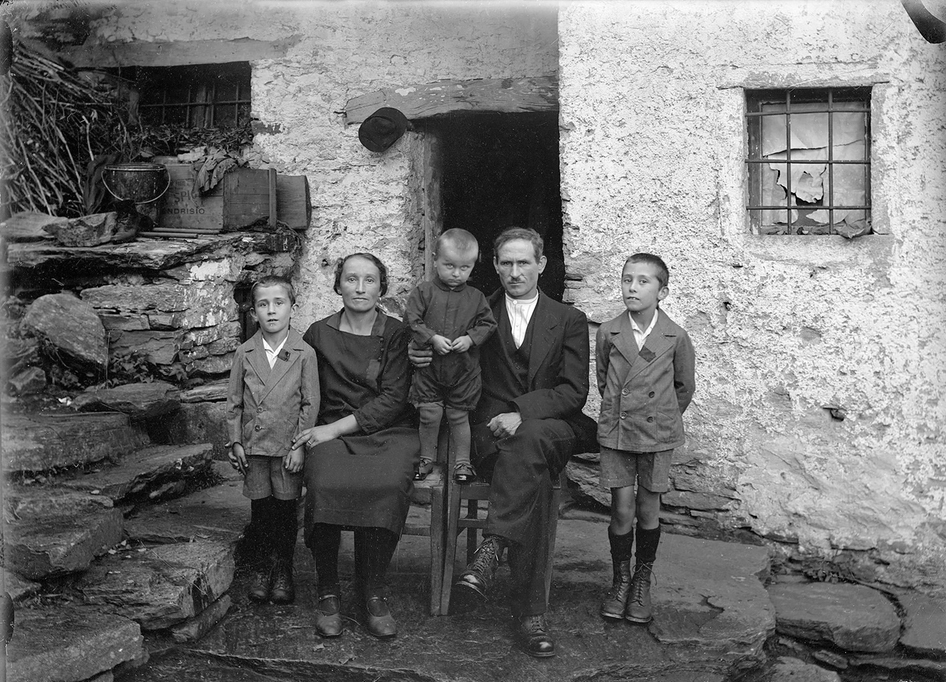
![Roberto Donetta (Swiss, 1865-1932) 'Untitled [Group Portrait], Bleniotal' Nd Roberto Donetta (Swiss, 1865-1932) 'Untitled [Group Portrait], Bleniotal' Nd](https://artblart.com/wp-content/uploads/2016/08/donetta-j-web.jpg)

![Roberto Donetta (Swiss, 1865-1932) 'Untitled [Group of men], Bleniotal' Nd Roberto Donetta (Swiss, 1865-1932) 'Untitled [Group of men], Bleniotal' Nd](https://artblart.com/wp-content/uploads/2016/08/donetta-i-web.jpg)


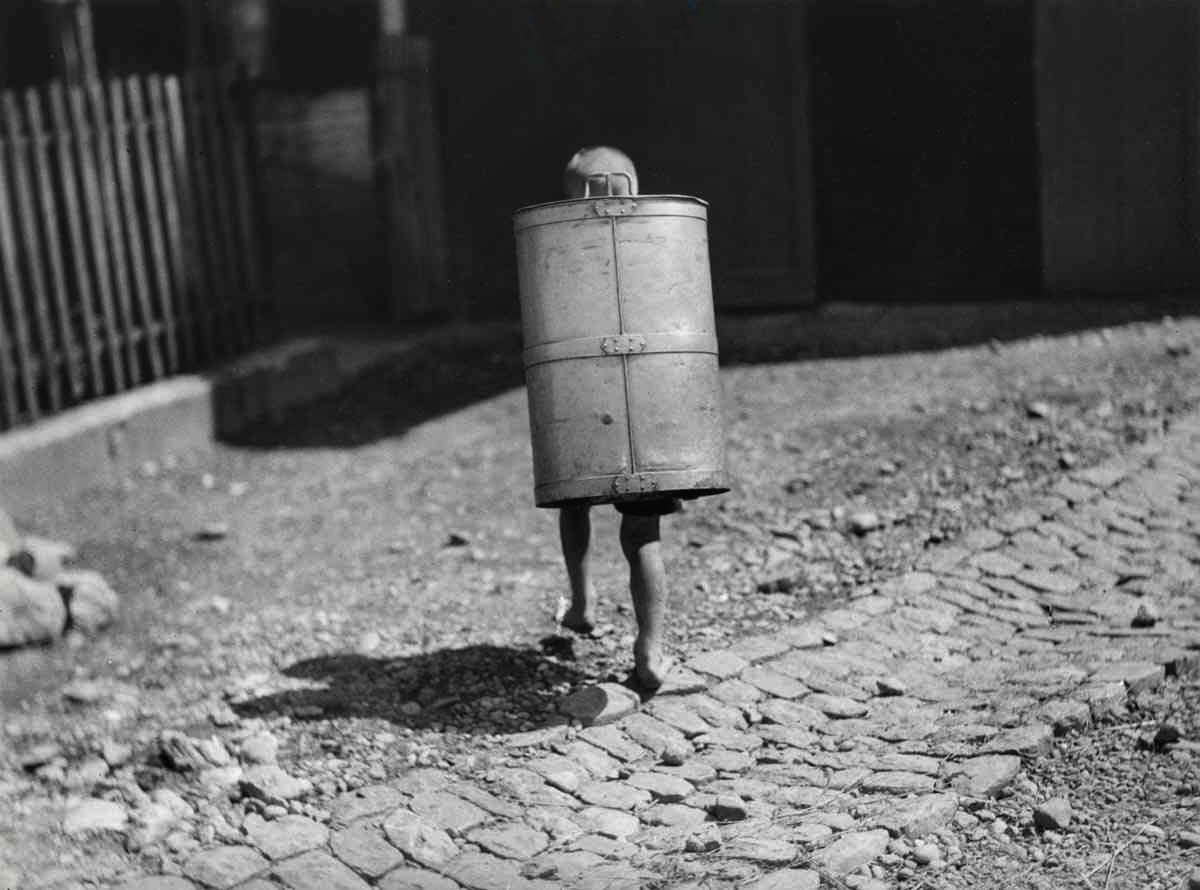
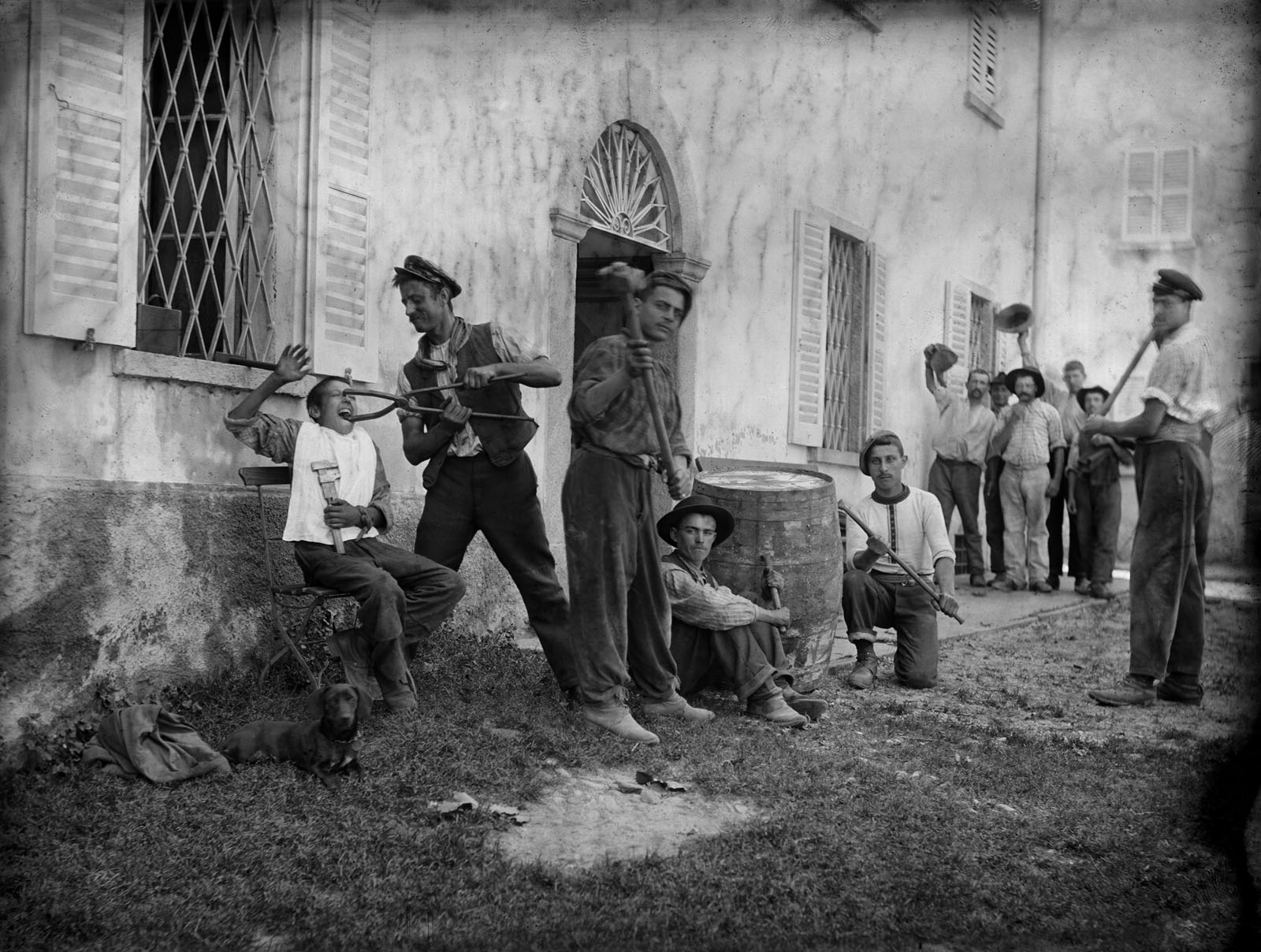
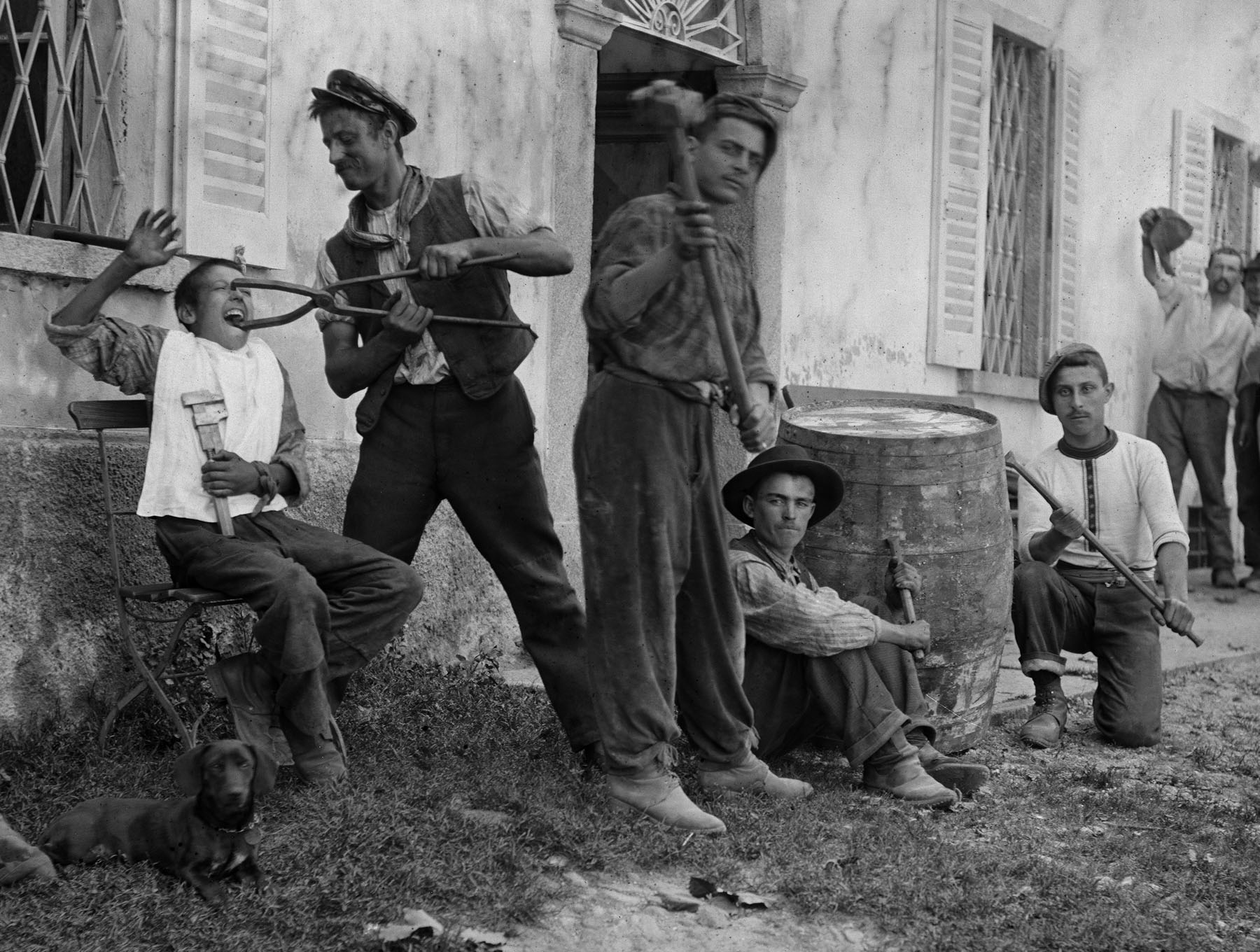




![Roberto Donetta (Swiss, 1865-1932) 'Untitled [Boy and girl]' Nd Roberto Donetta (Swiss, 1865-1932) 'Untitled [Boy and girl]' Nd](https://artblart.com/wp-content/uploads/2016/08/donetta-r-web.jpg)
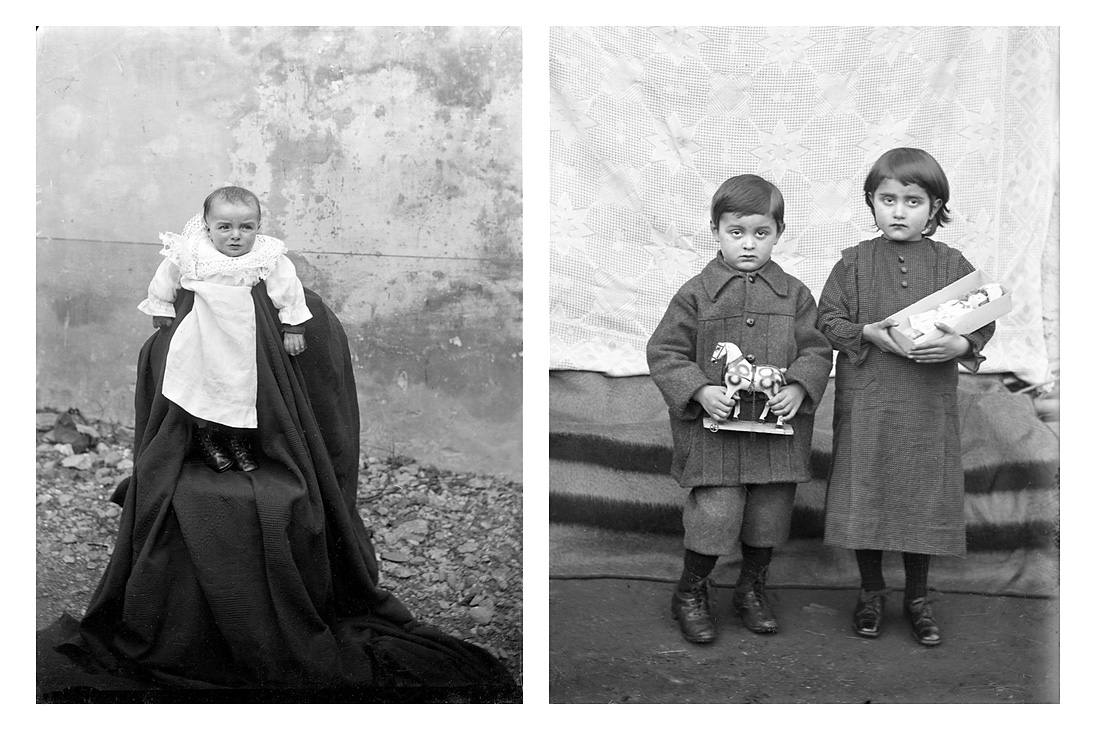








![Roberto Donetta (Swiss, 1865-1932) 'Untitled [Portrait of a women]' Nd Roberto Donetta (Swiss, 1865-1932) 'Untitled [Portrait of a women]' Nd](https://artblart.com/wp-content/uploads/2016/08/donetta-p-web.jpg?w=650&h=894)
![Roberto Donetta (Swiss, 1865-1932) 'Untitled [Portrait of a man]' Nd Roberto Donetta (Swiss, 1865-1932) 'Untitled [Portrait of a man]' Nd](https://artblart.com/wp-content/uploads/2016/08/donetta-o-web.jpg?w=650&h=865)











You must be logged in to post a comment.